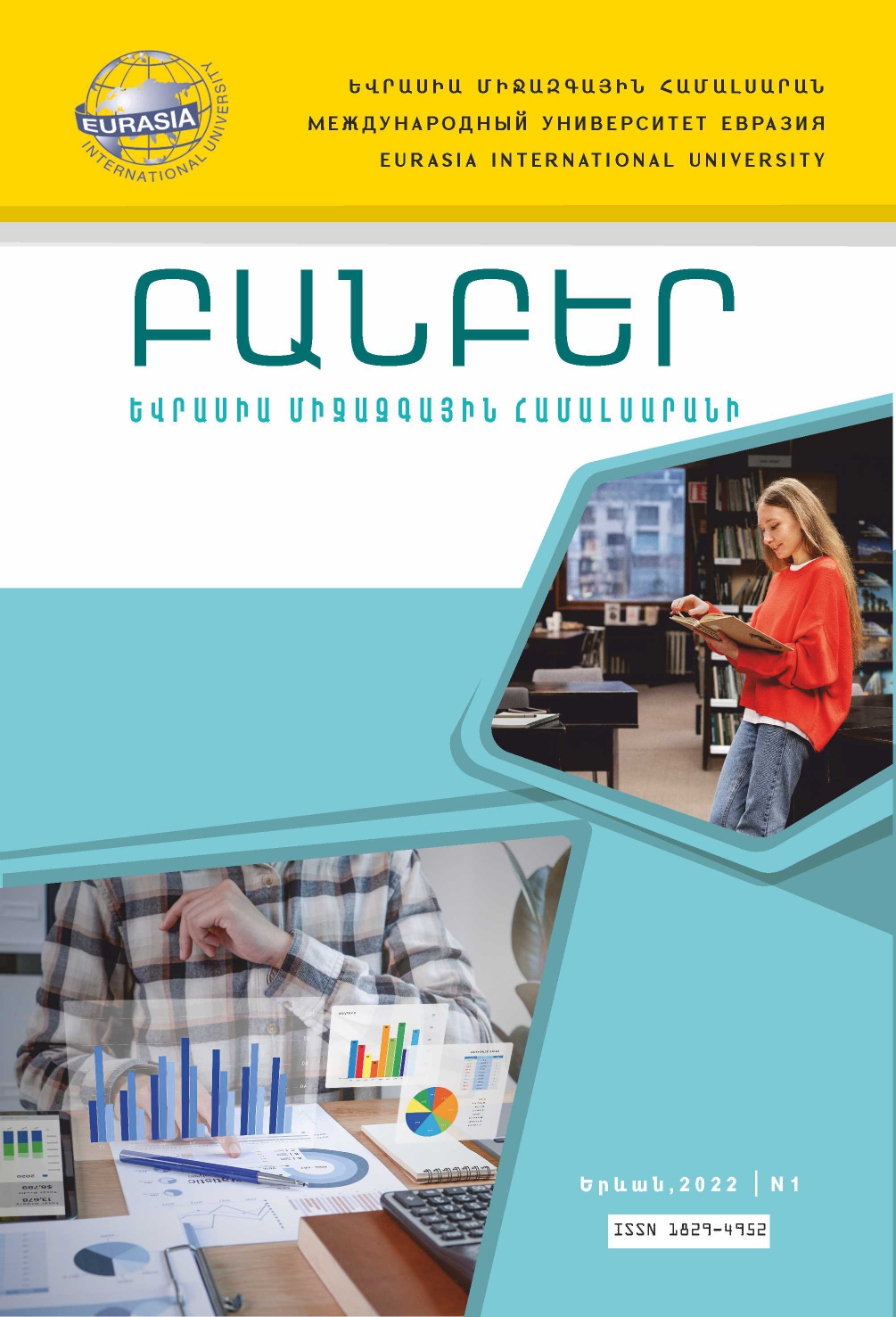ԿԱՇԱՌԱԿԵՐՈՒԹՅԱՆ ՏԵՍԱԿՆԵՐԻ ՔՐԵԱԿԱՆ ՊԱՏԱՍԽԱՆԱՏՎՈՒԹՅՈՒՆԻՑ ԱԶԱՏԵԼՈՒ ԽՐԱԽՈՒՍՄԱՆ ՄԻՋՈՑՆԵՐԸ
DOI-:
https://doi.org/10.53614/18294952-2022.1-42Հիմնաբառեր․-:
կաշառակերություն, խրախուսական նորմ, լատենտայնություն, կամովին հայտնել, պատասխանատվություն, կաշառք տալ, կաշառքի շորթում:Ծանոթագրություն
Հոդվածը նվիրված է կաշառակերության վերաբերյալ հանցակազմերի ձևակերպումներում առկա խրախուսական նորմերին, որոնք նախատեսված են ոչ միայն Հայաստանի Հանրապետության, այլ նաև այլ պետությունների օրենսդրությամբ: Այն հնարավորություն է տալիս հանցավորներին կամավոր ներկայանալու, հայտնելու հանցանքի մասին, աջակցելու վարույթն իրականացնող մարմիններին բացահայտմանն ուղղված գործողություններ կատարելուն և ազատվել նախատեսված պատասխանատվությունից: Հոդվածում կատարվել է համապատասխան դրույթի վերլուծություն՝ կապված ձևակերպման հետ: Ուսումնասիրվել են տարբեր պետությունների քրեական օրենսգրքերում առկա կաշառակերության դեպքերում պատասխանատվությունից ազատվելու խրախուսական միջոցների համապատասխան նորմերը, վերլուծվել և համեմատվել են Հայաստանի Հանրապետության քրեական օրենսգրքի համապատասխան դրույթի հետ: Անդրադարձել ենք նաև քրեական նոր օրենսգրքին, որտեղ սույն դրույթը բացակայում է: Քննարկվող հարցերի շուրջ ներկայացվել են կարծիքներ և առաջարկներ՝ կապված նորմի ձևակերպման, ժամկետային սահմանափակումների վերացման և մի քանի այլ դրույթների հետ։




